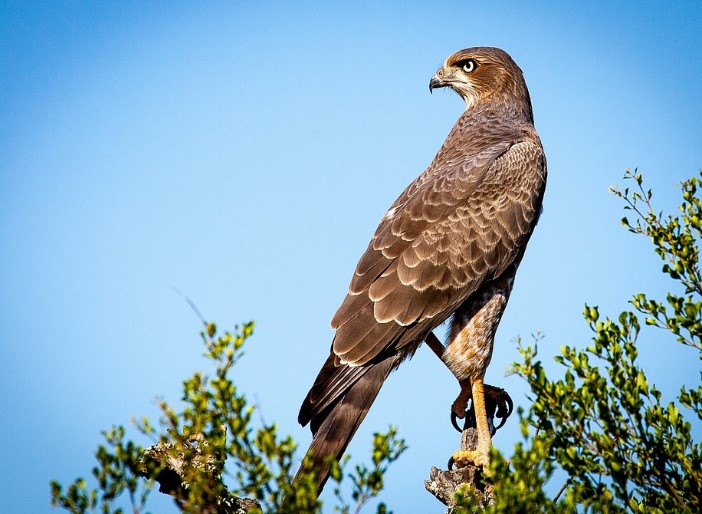Where do the falcons live? Are falcons the fastest bird? What do falcons eat? This article will provide you the detailed information about the facts about falcons.
When it comes to bird species, falcons are among the most common. They are present on every continent other than Antarctica, but North America has the highest concentration.
Human activities, including hunting and habitat damage, are among the many contributors to their abundance. Nonetheless, due to pesticides employed by farmers, they are now almost gone outside regions where they may nest in tall structures or bridges.
The falcon is a bird of prey that, like other birds of prey, actively hunts for food. There are forty distinct species of falcons. Thus, it’s inaccurate to say that this group of birds represents a single genus.
Falcons are related to hawks and share their fierceness and lightning-fast reflexes. Their slim, pointed wings are a striking contrast to their bulky bodies. These birds are so agile that they can even catch their prey in midair.
Facts about Falcons
1. The peregrine falcon, the largest member of the falcon family, is also one of the most skilled hunters. It uses its incredible eyesight to hunt in remote mountainous areas and along rocky coastlines.
2. Peregrine Falcons are raptors or birds of prey. The backs of adult birds are brown, the wings are bluish gray, the bellies are buff with brown markings, and the faces are white with a black tear pattern across the cheeks.
3. In Latin, the term peregrinus means “to roam,” from where the peregrine falcon gets its name.
4. One of the most widespread raptors, peregrine falcons, may be found everywhere outside Antarctica.
5. Pesticide poisoning nearly wiped out eastern North American peregrine falcons in the mid-20th century.
6. Significant efforts to restore the species’ population have resulted in a rising number of Peregrine Falcons. US-Canadian breeding pairings number 2,000.
7. They can locate food on the surface from a tremendous height of 300 meters thanks to their huge, heavy eyes.
8. Incredibly, falcons have the ability to track three separate moving targets.
9. The sleek peregrine falcon is an amazing sight to behold as it soars through the air on large, pointed wings in pursuit of its prey, the smaller birds on the ground.
10. It well knows that the peregrine falcon holds the record for the fastest land animal. They can ‘stoop’ up to 200 miles per hour.

11. An investigator has measured their top speed at 242 miles per hour.
12. According to a BBC documentary, only one in five falcon attacks succeed.
13. Bony visceral on a Peregrine Falcon’s nose direct forceful airflow out from the nostrils, allowing the bird to breathe more comfortably.
14. The falcon only uses one wing to catch its prey, avoiding injury to the bird itself. The Peregrine Falcon then snatches its prey in midair and stuns or kills it with a clenched foot.
15. The top beak of a peregrine falcon has a notch at the tip that helps the bird kill its prey by cutting the spinal cord at the neck.
16. In peregrine courting, the male may sometimes fly with a meal to the female. The female will flip around during flight to grab the food directly from his paws.
17. Young peregrine falcons develop rapidly. Due to their enormous appetites, they gain two times their birth weight in about a week. By the third week of life, they have about doubled in size from birth.
18. A tiercel is a male peregrine, so named because it is one-third smaller than a female.
19. Falcons that overwinter in South America have been recorded to travel as far as 15,500 kilometers in a single year between their Arctic tundra breeding grounds and their wintering grounds.
20. As long as 15 years, falcons can survive in the wild.

21. The peregrine falcon is found in Scotland, including Lake District, Devonshire, Cornwall, Wales, and Ireland. Scandinavian peregrines winter in Britain.
Conclusion
We can distinguish Falcons by their ability to soar at high altitudes than other types of birds. They have a life expectancy of more than ten years and a strong, commanding attitude.
They are typically rather common and have stunning appearances. This page about the facts about falcons covers every facet of the topic. Stay connected for more facts articles!
